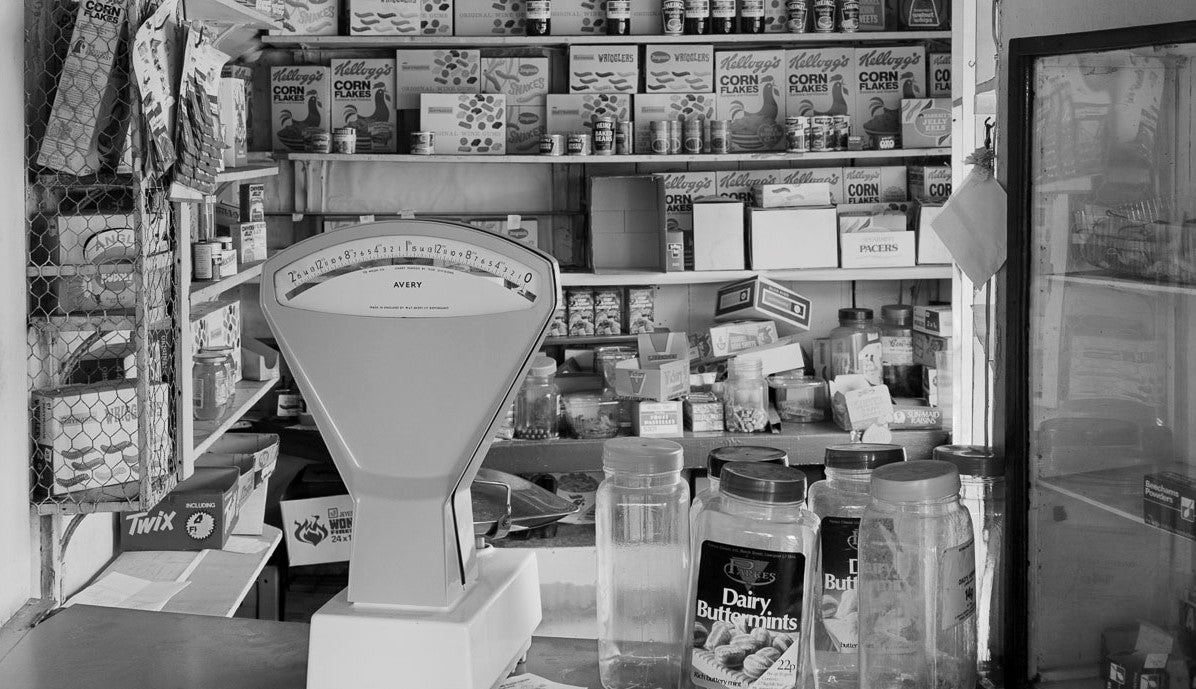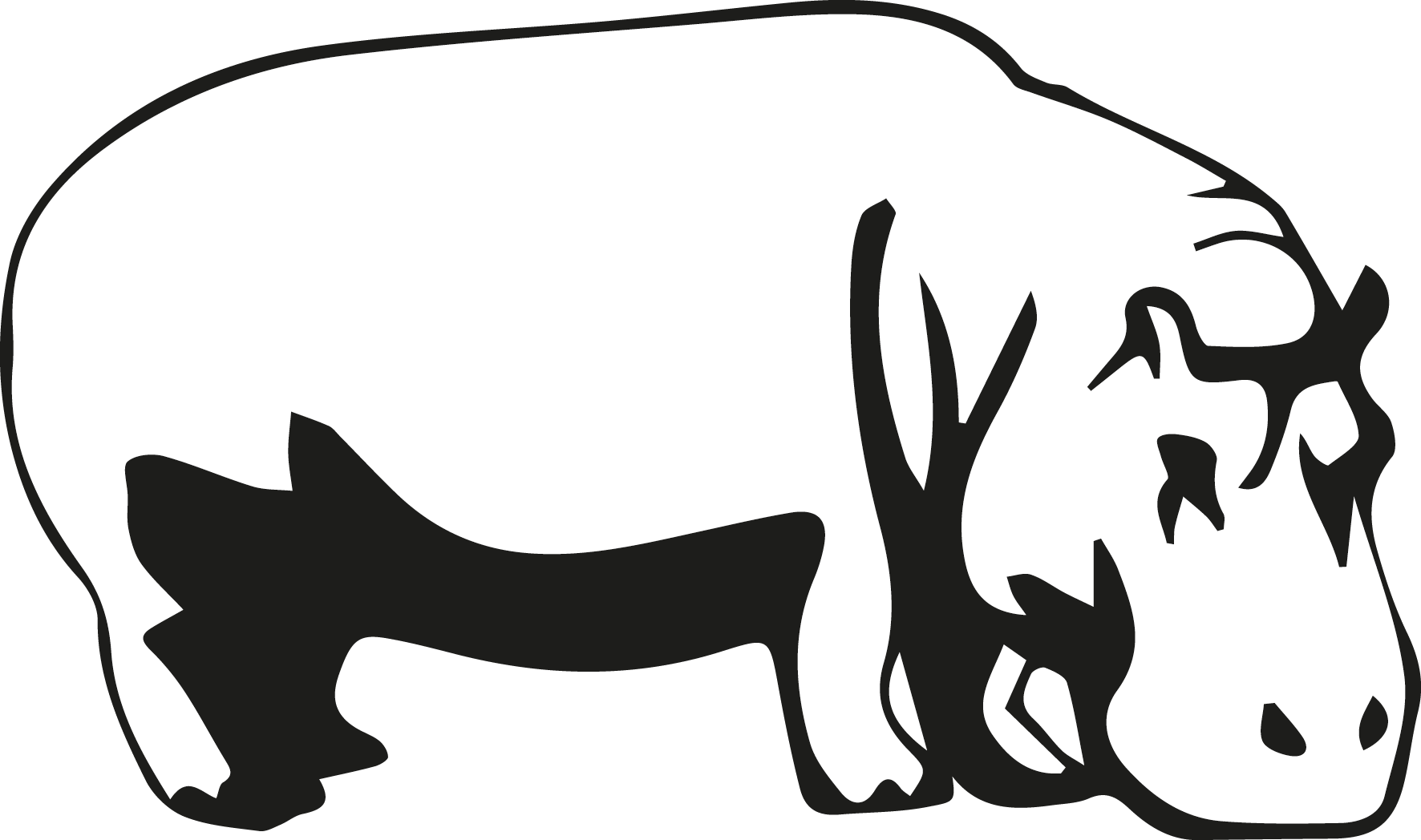
Anecdote and Hindsight | John Myers - The Guide
In February 2020, John Myers sat around the kitchen table with Rudi and Josie of RRB editing ‘The Guide’, a reworking of three earlier projects combined for the first time with John’s own reflections. Opting for the physical process of printing, cutting and sticking to consider why these 79 images are the most meaningful.
Even for John, this understanding has taken a significant time to develop. “The Guide has been written nearly fifty years later when I have been able, through hindsight, to work out what I was doing.” He says that, “You've got to realise that sometimes life is lived backwards.”

John’s life began in Bradford, he graduated from art school in Newcastle in 1969, and then moved to Stourbridge, a suburban middle England town where he first produced his “series of disturbing, yet somehow achingly normal photographs” (Birmingham Post, 2010) which made up ‘The Portraits’, ‘Looking at the Overlooked’ and ‘The End of Industry’.
Although John’s work has been published in a number of guises, ‘The Guide’ is the first publication that allows space for his own writing. The prose woven throughout the book provides a curious mix of anecdote and hindsight. Rather than tell the viewer what they should take from the images, he instead shares how they were crafted, who his influences are, and the hooks of the recurring themes. John describes his surroundings with lyrical wit but he doesn’t over-feed us, the words give us pieces of a puzzle and we must figure out the rest.

John’s role as photographer and observer becomes particularly clear when he discusses his portraits. John describes the effect a lengthy and often intense experience had on his sitters. “They began to inhabit their own skin - the animation and gesture of the moment gave way to something that was inherently about themselves and their direct involvement in the process.” This mood and moment may well be familiar to the portraitist reader, but peculiar to John’s work is a tension. The portraits are shot in a matter of fact way, but their resistance to narrative reading leaves space for a little discomfort and a little magic to coexist.
Mr Jackson, a favourite of both ours and his, nearly didn’t make the cut. Although the photograph was taken in 1974, it wasn't printed until 2010. “I look at it as if it were taken by someone else.” he says “I must have read the negative when it was in the wash and discarded it. I made a mistake. Maybe the size of the figure and the dominance of pattern and details in the setting led me to discard the photograph.” But it is the tightness of the image with the wallpaper and the carpet almost squashing the figure that adds rather than detracts from the power of the photograph.”

This resistance to narrative can also be seen in his approach to the landscape “If you take away the story you can sometimes see what is being photographed. This is the world I - and most people in the UK - live in”
He chooses to avoid ‘devices’ that generate drama or detraction from the subject itself, such as deliberately including unrelated figures to a scene or harsh shadows - the photograph (would) then revolve around the question of what is going on – even though nothing is really going on at all, If these approaches add ‘oxygen’ to an image then I would say that some of my urban landscapes such as 'Hope Street' and ‘Tye gardens’ document a world without oxygen.
It would be easy to be lost in the nostalgia of John’s work, a yearning for a pre-Thatcher Middle England, but John’s rejection of linear storytelling allows the viewer to reject the notion of time entirely. Reflecting on Stourbridge today, he feels that superficially things look different, cars are bigger, fashion has changed but not as much as fashion editors might have you think. The poor and the old seem to shuffle around the town centre in the way they always did. But fundamentally the landscape of suburbia feels almost exactly the same.
The Guide is published by RRB Photobooks, April 2021
Words by Lucy Bliszko, in conversation with John Myers
